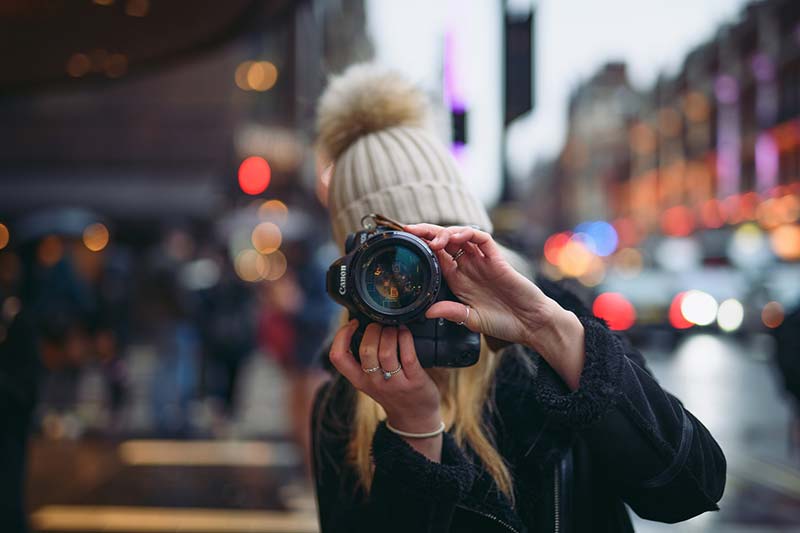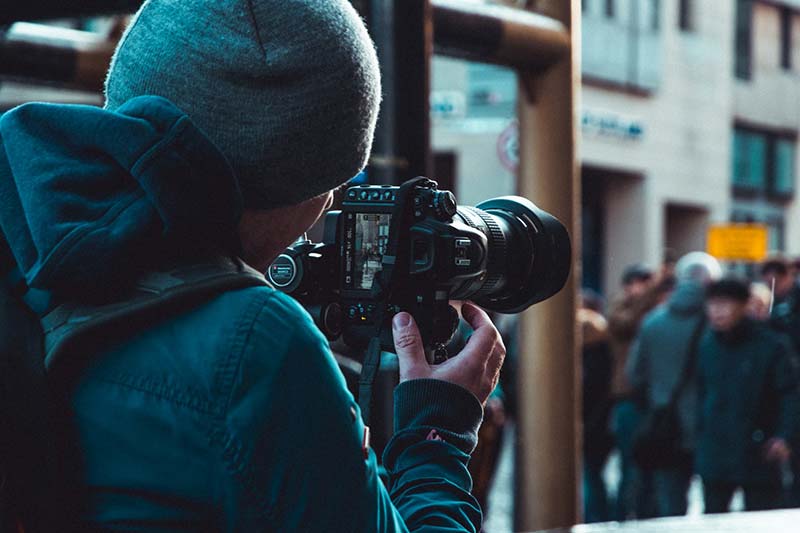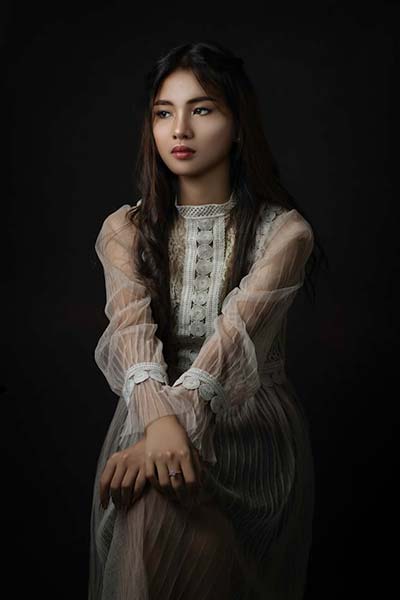Are you planning for a portrait photoshoot? Do you want to make your shots pop up like professional portrait shots? If yes, then use the following tips to take your portrait photoshoot to the next level.
1. Talk with your model 

When you are going for a portrait shoot, the first thing to do is to talk with the model. It is an important step, which many amateur photographers tend to miss this step. The person/model will be comfortable with the photographer only if you make a good rapport with them. The best way to do that is through talking/bonding. You will get the best results from the subject only if they are comfortable with your presence.
2. Make the Subject Pose like a Pro 


Your subject can be of any gender. This being said, you must ensure that you have a good understanding of the male poses or female poses. The clothing and the body structure of the person will decide the pose. Some of the poses are good for tall and lean persons when compared to short and fat ones. So, you need to make the decisions accordingly. You can even try a series of poses and capture multiple frames. From this collection, you can choose some of the best.
3. Use the Right kind of lighting 


You can use natural lighting or artificial lighting to light the subject for the shoot. Whatever light you use, you must ensure that a soft light falls on the subject’s face. If you are planning to use sunlight, it is good to carry some reflectors and diffusers to modify the light. You can use artificial lights for an indoor shoot. Additionally, you can use flashguns & lighting modifiers to get the desired light on the subject.
4. Choose the Perfect Background 

The background of the subject is as important as the subject itself. Hence, there should be a proper blend of the subject with the background. You can do it in two ways.
You can either go for a soft and blurred background. In that case, you need to shoot the portrait at the highest aperture opening. You need to ensure that there is a good amount of separation between the subject and the background to get a shallow depth of field.
In certain situations, you may want to include the background along with the subject. Doing so will show the surrounding or the working environment of the subject. In such cases, go for a narrow aperture to get everything in focus. Also, make sure that there is not much distance between the subject and the background.
5. Use The Right Focal Length 


The focal length is another key factor that makes or breaks a stunning portrait. I highly recommend using prime lenses for professional portraits. They produce stunning images with the help of their wonderful glasses that support large apertures. Some of the best focal lengths for portraits are 35mm, 50mm, and 85 mm. You can go for any of these focal lengths.
If you also want to get the background, then you can go for wider focal lengths. Wide focal lengths work well with oversized people, while telephoto focal lengths work well with lean persons.
6. Select the right photo composition technique 

There are many photo composition techniques out there. You can select any of these techniques for your portrait shot. If you can combine multiple composition techniques for a frame, you can make the image more pleasing. Never restrict your creativity within these rules.
Try to capture some images breaking these concepts. You may be able to capture some stunning portraits. Don’t break these rules without knowing them. Use the rules first and then try to break them. Only then will you be able to create beautiful compositions.
7. Try Different Perspectives 


The image perspective is another factor. Try different perspectives. For example, a birds eye view technique may work for certain portraits, whereas a worms eye view will work for others. If both of these are not working well for your frame, you can use the standard eye-level photography technique, which works in all situations.
8. Get the Eyes Sharp 

If you ask me, which is the most important part of a portrait image? My answer would be the eyes of the person. So, always ensure that you capture tack-sharp eyes in your pictures. Zoom in the image to 100 percent after capture and ensure that the eyes of the person are sharp. If they are not sharp, then delete the image and go for a recapture. Always keep your focus point on the subject’s eye whenever you are shooting portraits.
9. Get the right Depth of Field 


You need to get the depth of field right in the image. To do so, use lenses with large apertures for your shoot. These are the best choices for portraits. But you must know how to use it properly.
When you go for large apertures, you get a very narrow depth of field. So, there is a chance that some part of the person is out of focus. So, always hold the front element of your lens parallel to the person’s body. Position yourself correctly. If any of the body parts are going out of focus, stop down the aperture to increase the depth of field.
10. Retouch the captured image 


Retouching is very important for a portrait image. You can use software like Adobe Lightroom or Adobe Photoshop to retouch your portrait photos. You will have to do some clean-up on the face, color corrections, and sharpness adjustments. You can get proper retouching only if you know how to use the editing tool properly.
I recommend capturing the image in RAW format. This will ensure that you capture more data in the image, and there won’t be a loss of image quality during post-processing.

